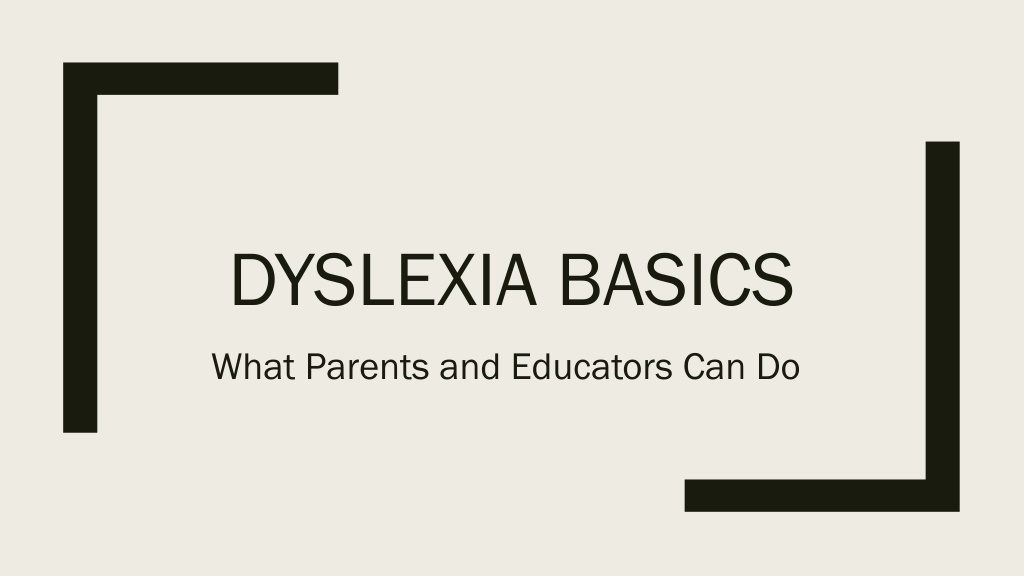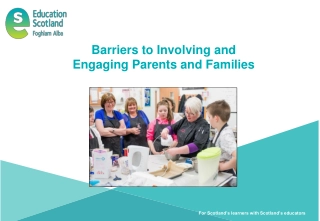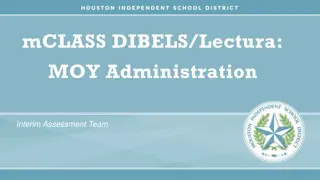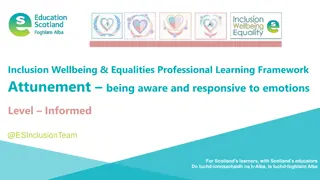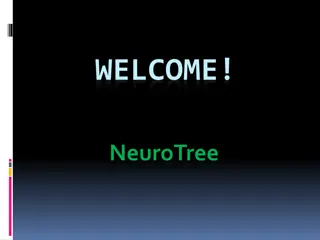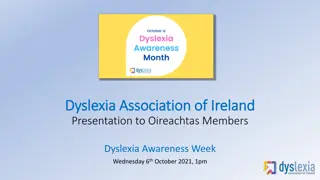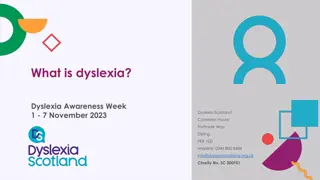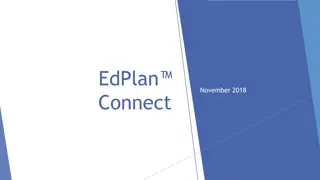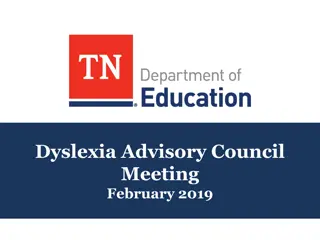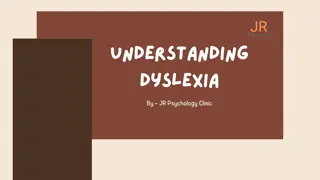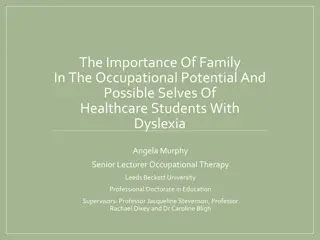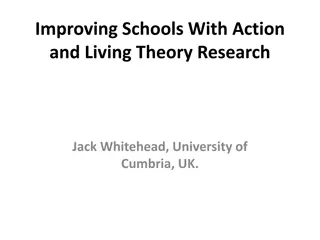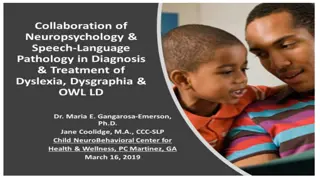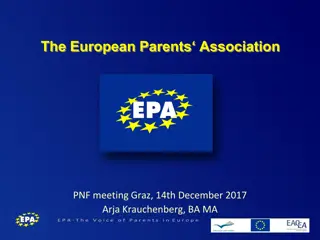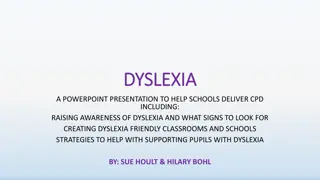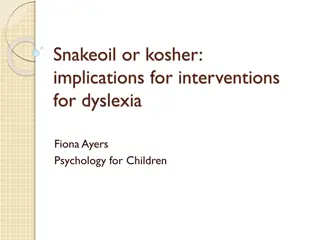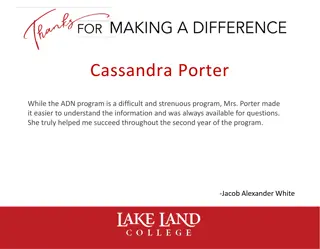Understanding Dyslexia: What Parents and Educators Can Do
Dyslexia is a specific learning disability of neurobiological origin, characterized by difficulties in word recognition, spelling, and decoding. It stems from a deficit in the phonological component of language, impacting reading comprehension and vocabulary growth. Proper support and effective classroom instruction play crucial roles in managing dyslexia. Recognizing misconceptions, such as seeing words backwards or color lenses as a solution, is essential for addressing the core language deficit. Understanding the nature of dyslexia enables parents and educators to provide the necessary assistance to help affected individuals navigate their challenges and reach their full potential.
Download Presentation

Please find below an Image/Link to download the presentation.
The content on the website is provided AS IS for your information and personal use only. It may not be sold, licensed, or shared on other websites without obtaining consent from the author. Download presentation by click this link. If you encounter any issues during the download, it is possible that the publisher has removed the file from their server.
E N D
Presentation Transcript
DYSLEXIA BASICS What Parents and Educators Can Do
UNIVERSITY OF UTAH READING CLINIC Dr. Kathleen J. Brown www.uurc.org 801-265-3951
Dyslexia Basics Dyslexia Basics Dys = abnormal; not in a positive way Lex = word (Greek) Misconceptions (e.g., see backwards, words jump on the page, colored lenses, marching, eye training) (Greek) Core deficit is in language, specifically, the phonological system which causes difficulty matching speech speech sounds sounds to letter symbols. Math and oral language abilities normal or above 3
Dyslexia is a specific learning disability specific learning disability that is neurobiological neurobiological in origin. It is characterized by difficulties with accurate and/or fluent word recognition accurate and/or fluent word recognition and by poor spelling spelling and decoding decoding abilities. These difficulties typically result from a deficit in the phonological phonological component of language that is often often unexpected unexpected in relation to other cognitive abilities and the provision of effective classroom instruction. Secondary consequences Secondary consequences may include problems in reading comprehension and reduced reading experience that can impede growth of vocabulary vocabulary and background knowledge background knowledge.
Dyslexia is a specific learning disability that Dyslexia is a specific learning disability that is neurobiological in origin is neurobiological in origin This definition has been adopted by: International Dyslexia Association National Institute of Child Health & Human Development (US Department of Health & Human Services)
Dyslexia Dyslexia is not is not occurs in all socioeconomic levels occurs slightly more in boys than girls may occur in spite of good classroom instruction is resistant to intervention may occur with other disorders (e.g., ADD) not caused by a visual problem not caused by lack of motivation 6
A Non-Dyslexic Childs Journey in G1 b d /b/ /d/ Over time, speech sounds and graphemes processed simultaneously (automaticity). Result? No more mistakes! 7
A Dyslexic Childs Journey in G1 and On b d /b/ /d/ 8
A Dyslexic Childs Journey in G1 and On what that / t/ /w t/ ever, every, very ever quit, quiet, quite though, through and, said 9
What Can Teachers & Parents Do? What Can Teachers & Parents Do? Teach Tapping for Reading & Spelling (at the syllable level) Fully-Analyze Confused High Frequency Words Sound like _______, but spells like _______. Repeated Readings - http://www.uurc.utah.edu/General/Forms-Charts.php
What Can Teachers & Parents Do? What Can Teachers & Parents Do? Teach Tapping for Reading & Spelling (at the syllable level) Teach Tapping for Reading & Spelling (at the syllable level) 1. tap forefinger / /s s/ / 2. then, middle finger 3. then, ring finger / / / 4. then, all 3 at once /sad/ /d/ shrimp; black vs. back; stick vs. sick; quite vs. quit; supplant
What Can Teachers & Parents Do? What Can Teachers & Parents Do? Fully Fully- -Analyze Confused High Frequency Words Analyze Confused High Frequency Words Write 1 Confused High Frequency Word (e.g., said) Count letters; count phonemes. Make Elkonin Boxes for phonemes. Tap to identify letters for sounds & write in boxes. Re-analyze as needed. Practice 2-2-2 with that word.
What Can a Parent Do at Home? What Can a Parent Do at Home? Home Word Charts Home Word Charts - - http://www.uurc.utah.edu/General/HomeWord.php Repeated Readings - http://www.uurc.utah.edu/General/Forms-Charts.php More, more, and more! http://www.uurc.utah.edu/Parents/ParentLinks.php
Students Who Do Not Qualify for an IEP Students Who Do Not Qualify for an IEP For students with moderate reading difficulties who do not have IEPs, and who are unlikely to qualify for an IEP, a 504 Plan can be a life-saver! A 504 Plan will allow accommodations that help a junior high/high school student to keep up with coursework and demonstrate optimum performance on standardized tests (e.g., ACT) Teachers need to be in the 504 loop for the plan to work well. A 504 Plan is not cheating! 18
UURC Services UURC Services Basic Assessment Battery - $50 Intensive Assessment Battery - $100 after intervention Basic Intervention - 45 minutes 2x week Intensive Intervention (Wilson) - 75 minutes 2x week Professional Development for Educators (basic, intensive intervention) 19
For More Information For More Information The International The International Dyslexia Association Dyslexia Association 40 York Road 4th Floor Baltimore, Maryland 21204 www.interdys.org 1-800-ABCD123 410-296-0232 21
